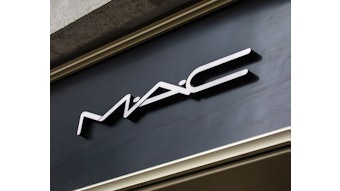The Onion recently published the headline “Consumer Entering That Awkward Age Between Target Demographics.” It’s not the first time I’ve referenced the satirical publication, and as I previously noted, satire works when it is built on recognizable truths and realities.
This bit of satire touches on the realities that brand messaging needs to be deliberate, clear and targeted and that the target is in constant motion—with the latter sometimes rendering all that work on the messaging ineffective, notably when specific to an age demographic. As life happens, things change, and consumers age both into and out of age demographics.
“Acknowledging that he has reached a stage in his life when he doesn’t quite seem to fit in anywhere, marketing experts confirmed Monday that local consumer Keith Eberhardt, 34, is entering that awkward period of transition between target demographics,” offered The Onion.
Messaging has to evolve, and brands themselves must be in a constant state of evolution—good, strong brands are living, breathing things. They’re built on a core, the brand DNA, but they have to connect on new terms as time goes on to remain viable to consumers. It’s not enough to have strong products—there have been plenty of viable products in terms of performance that simply die. Listening to Trendera’s Jane Birmingham at the 2014 PBA Executive Summit as she navigated the audience through the differences and similarities between baby boomers, generation X, millennials (which she refers to as “generation Y”) and generation “V” (3–18 year olds) and the marketing strategies appropriate for each group, it was clear that age is only one of the parameters to consider when messaging—and maybe not the first parameter that should be considered. It’s the wider context of consumers’ lives and the factors that shape how they see and interact with the world that play a larger, more lasting impact. Age is only partly in play here.
Generation V, as Birmingham noted, takes the view that if something doesn’t go viral, it doesn’t matter. They don’t have to find something, because if it is important, it’ll find them. That’s not a factor of age, that’s largely an outcome of social media—which is an outcome of developments in device technology—and marketers now leverage that. This generation has this outlook because that’s the outlook it’s been conditioned to have, in a sense. And that’s just a basic example.
I’m not sure any of this makes marketing any easier, but I do think it makes understanding the challenges of marketing clearer—and that’s an important step.
This issue explores some of the challenges. Lisa Doyle takes a look at what to keep in mind when designing packaging for each generation of consumer, and the men’s market and marketing to men (a demographic that has proven to be a special challenge for the beauty industry) is discussed throughout this issue.
And I think it’s important to also look past differences in consumer groups and the segmenting we do and see the commonalities—take in the view from 30,000 feet.
“People are people—regardless of the generation,” offered Birmingham as she wrapped up her presentation. “Passion is important to all generations. It is the passionate products that win.”










